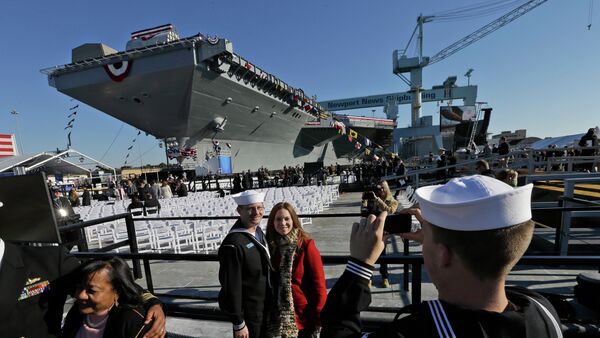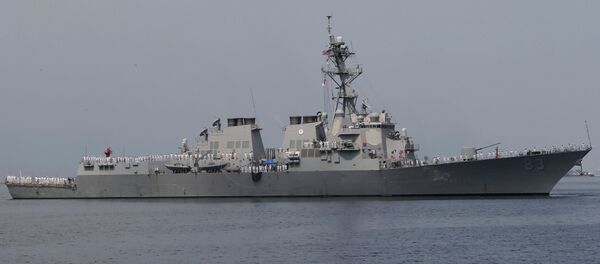The Navy is now building towards a fleet goal of 308 ships, according to the latest edition of its annual 30-year shipbuilding plan. That number is up from the 306-ship target cited in the Navy’s previous report.
The two ships added to the fleet total are a 12th LPD 17-class amphibious transport dock and a third Afloat Forward Staging Base (AFSB).
The addition of the LPD and AFSB to the fleet objectives mean the number of amphibious warfare ships has grown from 33 to 34 ships, along with the same growth in the number of support vessels – 33 to 34 ships.
The shipbuilding report – formally called the "annual long-range plan for construction of naval vessels" – was sent to Congress April 2. In the report, the Navy continues to take issue with how Congress classifies deployed patrol coastal (PC) ships.
"The Navy does not agree with the current NDAA language," the report says, noting that the PCs fulfill specific Congressional requirements for what constitutes a combatant vessel. The prohibition to counting the PCs, the Navy said, is a contradiction to Congress' own language.
Nevertheless, the Navy returned to the same ship-counting methodology used in the fiscal year 2014 report, removing 10 deployed PCs and the fleet's two hospital ships from the battle force computations.
The report also repeats statements by the Navy and virtually every other Pentagon leader that funding remains stable and the Budget Control Act (BCA) should be rescinded.
"There are many ways to balance between force structure, readiness, capability and manpower," the report reads, "but none that Navy has calculated that enable us to confidently execute the current defense strategy within BCA-level funding."
The Navy also expressed caution over the Ohio Replacement Program, which calls for the building of a new 12-ship class of strategic ballistic missile submarines. The OPR will create challenges into the 2030s, the report states, and it could also affect the overall the shipbuilding program.
Another point of contention is the controversial modernization plan to upgrade half the fleet's 22 cruisers.
The Navy notes that under its plan – which Congress rejected last year – the last of the ships would retire in 2045, whereas the Congressional direction adopted in the 2015 defense laws mean the last ship will leave service between 2036 and 2039.




